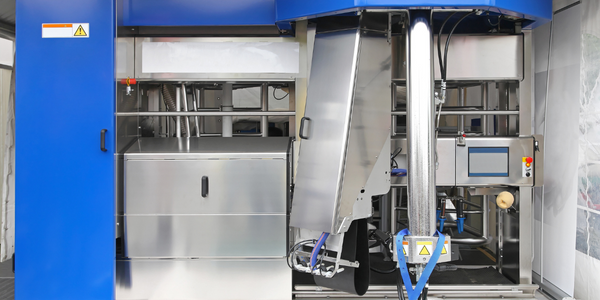Technology Category
- Analytics & Modeling - Machine Learning
- Cybersecurity & Privacy - Application Security
Applicable Industries
- Agriculture
- National Security & Defense
Applicable Functions
- Maintenance
- Product Research & Development
Use Cases
- Predictive Maintenance
- Tamper Detection
Services
- Cloud Planning, Design & Implementation Services
- Data Science Services
About The Customer
VITO’s Remote Sensing Unit is a part of the Flemish Institute for Technological Research. The unit processes and archives satellite images, converting the data into actionable information on global matters such as vegetation, agriculture, and global disasters. The unit was formed twenty years ago to deal with data on global vegetation received from the SPOT4 satellite. It has now grown into an independent team of 100, running an environment with around 650 physical servers and 7PB of data. The unit relies on cloud technology for projects that deal with a huge number of images and require a lot of processing power.
The Challenge
VITO’s Remote Sensing Unit, a part of the Flemish Institute for Technological Research, is a crucial entity that processes and archives satellite images, converting the data into actionable information on global matters. The unit, which has grown into a 100-strong team, operates an environment with around 650 physical servers and 7PB of data. The global significance of their data means it is delivered to almost every country in the world, leaving it vulnerable to cyberattacks on many fronts. The unit required comprehensive web and API protection that offered more than a traditional CloudGuard Application Security. The challenge was to protect the organization’s applications and websites from potential cyber threats while ensuring the security solution was scalable to support the growing organization.
The Solution
To address the challenge, VITO’s Remote Sensing Unit turned to Check Point CloudGuard Application Security, a solution they had been using for ten years. The highly scalable solution was implemented to protect the unit's internal cloud systems and a Hadoop cluster of 150 physical servers used for calculations. With the help of Check Point partner, TrueGEN, the unit had the cloud-native CloudGuard Application Security solution up and running in just hours. They then migrated their sites from the old reverse proxy to a new NGINIX reverse proxy. The fast and easy installation of the product and automation were key values. The CloudGuard Application Security works 24x7 to provide protection and constant compliance, even out of office hours.
Operational Impact
Quantitative Benefit

Case Study missing?
Start adding your own!
Register with your work email and create a new case study profile for your business.
Related Case Studies.
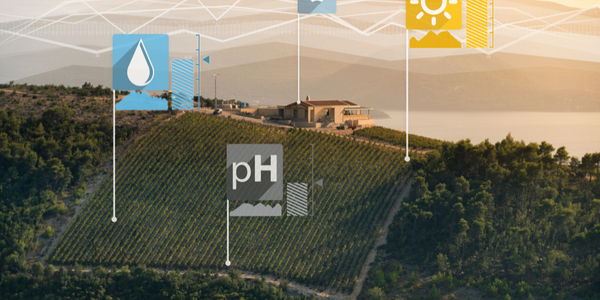
Case Study
Intelligent Farming with ThingWorx Analytics
Z Farms was facing three challenges: costly irrigation systems with water as a limited resource, narrow optimal ranges of soil moisture for growth with difficult maintenance and farm operators could not simply turn on irrigation systems like a faucet.
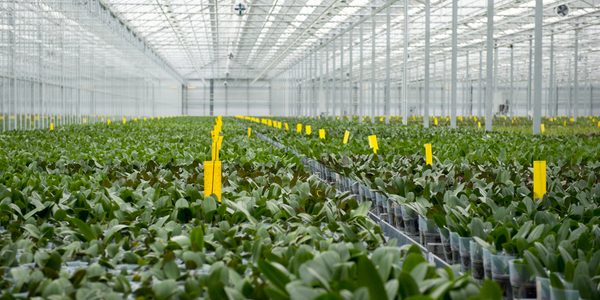
Case Study
Greenhouse Intelligent Monitoring and Control Solution
Farming Orchids is the most successful form of precision farming in Taiwan, and also the most exported flower. Orchids need a specific temperature and humidity conditions to grow and bloom, and its flowering time may not be in line with market demands, so the price collapses when there is overproduction. Therefore, some farmers began to import automated greenhouse control systems for breeding and forcing, which not only improves quality, but also effectively controls the production period and yield to ensure revenue. In 2012, an orchid farmer built a Forcing Greenhouse of about 200 pings (approximately 661 Square Meters) in Tainan, Taiwan. The system integrator adopted Advantech’s APAX-5000 series programmable automation controllers to build the control platform, coupled with Advantech WebAccess HMI/SCADA software, to achieve cloud monitoring. The staff of the orchid field can monitor important data anytime via smart phone, iPad, and other handheld devices, and control the growth and flowering conditions. System requirements: In the past, most environmental control systems of orchid greenhouses in Taiwan used PLCs (Programmable Logic Controller) with poorscalability and control, and could not be connected to the Internet formonitoring from the cloud. For advanced database analysis and networking capability, the PC platform must be adopted. Therefore, PAC Systems (Programmable Automation Controller) with both PLC programming capabilities andPC functions is a better choice.The environmental control of the Orchid greenhouse switches on and off devices like fan, shade net, cooling/heat pump, liquid flow control, water-cooling wall etc. It is controlled by a control panel of electric controllers, and is driven by a motor, to adjust the greenhouse temperature, humidity, and other environmental conditions to the set parameters.
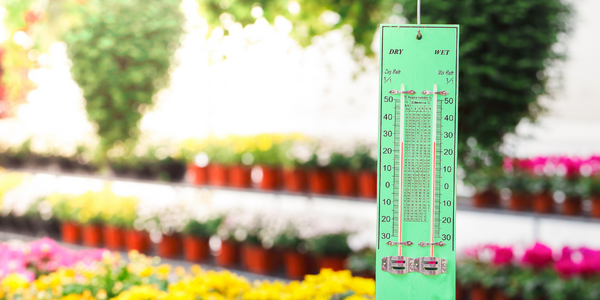
Case Study
Precision beekeeping with wireless temperature monitoring
Honeybees are insects of large economic value and provide a vital service to agriculture by pollinating a variety of crops. In addition, bees provide us with valuable products such as honey, beeswax, propolis, bee venom, etc. Monitoring of honeybee colony health, population, productivity, and environmental conditions affecting the colony health have always been exceedingly difficult tasks in apiculture. Research has shown that even small deviations (by more than 2°C) from the optimal temperatures have a significant influence on the development of the brood and the health of adult bees.
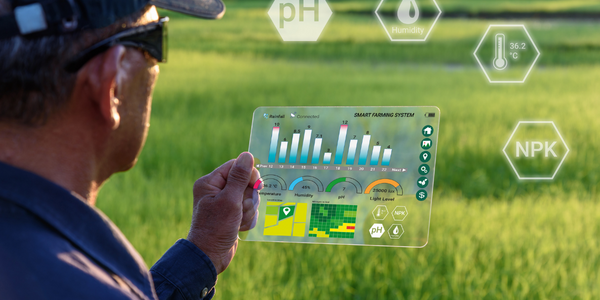
Case Study
Enabling Internet of Things Innovation in Agriculture
DigiBale, wanted to apply technology know-how and IP from implementations successfully to more agriculture sectors including cotton, forestry, sugarcane and cattle. However, farmers and growers still have worries about the connected technology.








